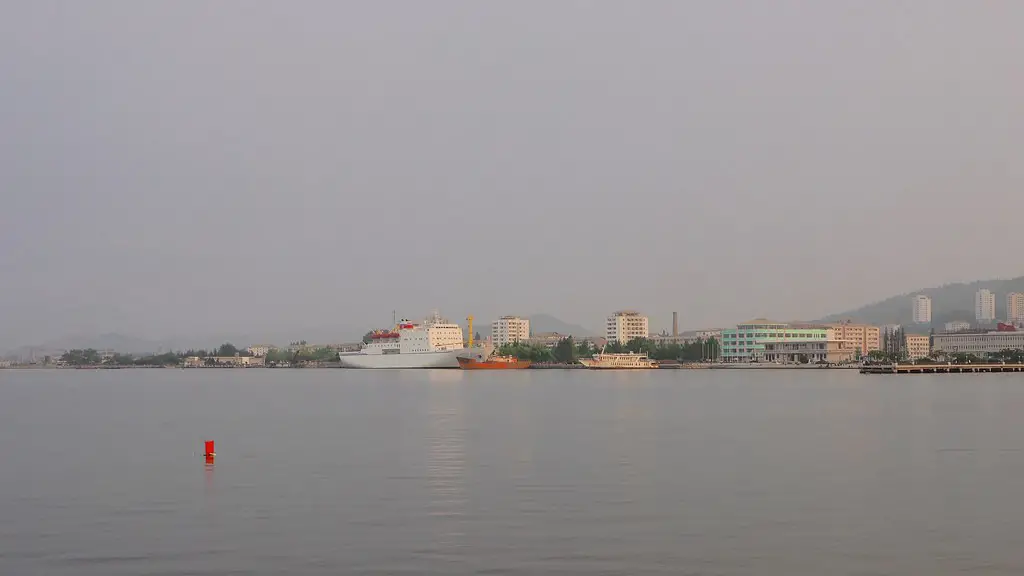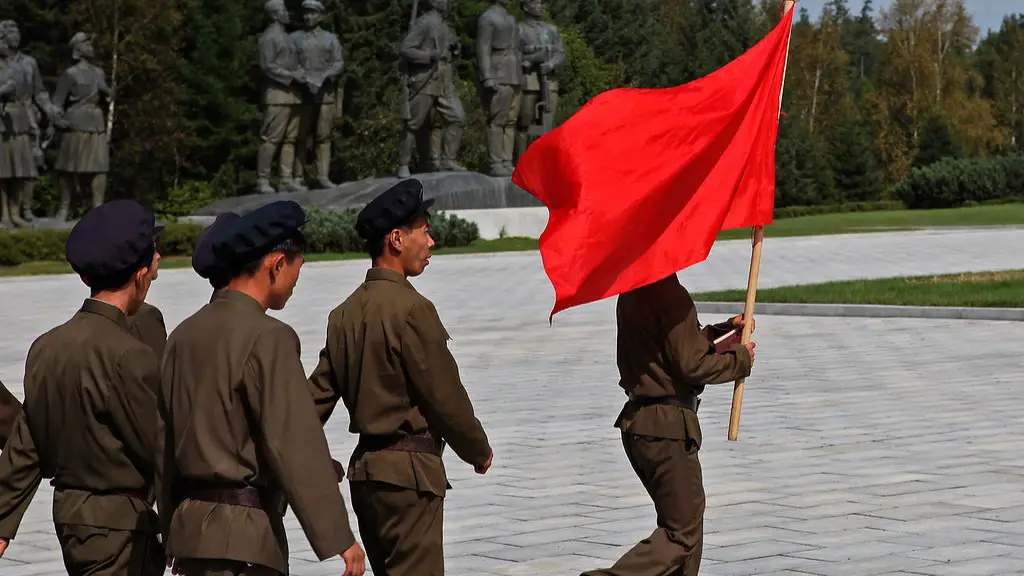Are You Allowed To Take Pictures In North Korea?
Taking pictures in North Korea, one of the most isolated countries in the world today, may be forbidden or even considered an illegal act. Restrictions on photography have been in place since the early years of the regime as a way to control foreign visitors and prevent any revelation of the true state of the country. Tourists visiting with official permission and given guided tours are only allowed to take photos of certain places and in limited numbers. Photos are also monitored, so often visitors are not able to accidentally take pictures of places and people the regime doesn’t want to be seen. In addition to visitors, the government exercising greater control over photographic activity is reflected in the way it only allows certain members of the era privileged access to cameras.
The problem of photography in North Korea is not just about security for the country, but about a natural curiosity to discover and explore the mysterious country. In many cases, the government has a valid reason from its point of view in restricting the kind of photographs which can be taken. It has to protect its population from foreign interference as well as potential espionage. For this purpose, a strict policy for photo taking has been in place since the early days of the regime.
However, permission to take pictures typically only applies to official visitors such as journalists and diplomats and the rules governing photography have rarely been challenged. Although only a handful of photographers have managed to gain access to the country over the years, those who have have reported to the government’s restraints on photography. Those caught taking photographs without permission could face having their cameras confiscated or even being deported.
More recently, it has become easier to get access to the country, even as a tourist. Tourists reaching the country will be subject to the same guidelines in terms of photography as other foreign visitors, but it is possible to bring your own camera and take some photos of approved places and events. The biggest issue for potential photographers is navigation, as it can be difficult to identify which areas require a special permit or could face punishment for taking photographs.
Photography Under the Regime
North Korea is one of the world’s most secretive states, and the government has carefully monitored the activities of both foreign and domestic citizens involved in photography. Since the early days of the regime, officials have tightened control on photographic activity and since then this has only become further entrenched. For instance, when journalists and news reporters enter the country, their cameras and filming equipment are collected by the authorities prior to their departure. During the periods of media censorship, which are not uncommon in North Korea, cameras belonging to media personnel are usually returned after a few days or weeks.
In addition to monitoring the activities of foreign visitors, the North Korean government has a total ban on the production, importation and export of photographs – even children’s photographs – which portrays the country in a negative light. Photographers of the regime are subject to extremely close surveillance and the punishment for those who deviate from the policies is harsh. This means that for those who do venture to North Korea, the level of censorship surrounding photography is extremely high.
Photography Techniques in North Korea
Due to the restrictions on photography in North Korea, photographers must be strategic with their composition, framing and capturing of photographs. This means that they should avoid using shutter speeds that require little to no light, as this would draw the attention of officials. Photographers should also aim to be unobtrusive, as they could receive questioning from guards if they are seen.
Taking pictures of military areas and guard posts are especially discouraged, and may result in severe punishment. Photographers are also expected to take only photographs of approved locations, usually from a designated route laid out by tour companies. Taking pictures from windows of buildings, of tour guides and even of certain landmarks may result in being reprimanded, and tourists should always check the rules and regulations for the area in which they are visiting.
Finally, photographers must also avoid taking pictures of any monuments which may be deemed as critical of the regime. This includes those which are deemed to be linked to North Korea’s past regime or its founding leader, Kim Il-sung.
Are Photos Allowed to be Taken?
In general, it is possible to take pictures in North Korea, but these must be of approved locations only. Taking photos of monuments that could be perceived as critical of the regime are strictly prohibited. Tourists will be subject to the same rules and regulations as other visitors whilst taking photos, so it is important to be aware of the restrictions before venturing to the country.
It is highly recommended to check with the relevant organisations or tour guides before taking pictures, as even seemingly innocuous images could be seen as illicit by government officials. However, with careful considerations and strategic composition, it is possible to take some memorable photographs of North Korea.
The Emergence of Social Media
Since the recent emergence of social media, it has become easier for photographers to share their images and experiences with the world. People visiting North Korea can now post photographs and stories to their personal websites and blogs, allowing the world to gain an insight into the country. This has been a relatively recent development, but the potential for further change is growing as the government begins to realise the potential of sharing its experiences with a wider audience.
Social media has changed the way people communicate and interact with each other, and it is also beginning to have an effect on the way photographs can be taken and shared in North Korea. Photographers are now able to share candid photos with the world on a much wider scale, and this could be beneficial for both the photographers, who could gain exposure, and the people of North Korea, who can gain access to an insight into the world they have been shut out from.
The Impact of Social Media
In the long run, the effects of the rise of social media on photography in North Korea could be huge. Access to photography could be seen as having a primarily positive impact on the country, as it could provide a genuine insight into the country for the people of North Korea and the rest of the world. People could be more aware of the real North Korea and its citizens, as opposed to the heavily edited version shown by the government media.
The introduction of technology and media to North Korea could also have longer-term effects on the country in terms of how it is viewed by the world. Social media could help open the country up further to the world, allowing people to gain a better understanding of its culture, people and politics. It could also be seen as being a form of propaganda, with the government using it to demonstrate its power and promote its ideals.
The Future of Photographs in North Korea
The future of photography in North Korea is unclear, as the government has shown it will remain unpredictable and oppressive. In spite of this, there are signs that North Korea may be slowly opening up to the outside world and allowing greater access to photos from the country. Many photographers have managed to visit the country in recent years and shared some of their experiences online, and this could result in a gradual more accessible future for the country.
Despite the optimism, the reality is that North Korea still remains an unpredictable country full of mystery and deeply embedded cultural isolation. It is highly unlikely to become an easy target for tourism and photography anytime soon, so those who wish to visit the country should be aware of the complexities of photography within its borders. However, if you are able to successfully navigate the country’s restrictions and obtain the necessary permissions, you could have the chance to take some fascinating and unique pictures of the country.
Conclusion
Photography in North Korea is heavily restricted and closely monitored, in order to protect the country from foreign interference and potential espionage. Tourists, photographers and journalists are required to adhere to the regulations in place, and failure to do so could result in punishment or confiscation of cameras. Even with these strict conditions, it is becoming easier for visitors to take photos of the country, and social media is allowing for an unprecedented insight into North Korea. The future of photography in North Korea is unknown, as the restrictions are still in place but more access to the country could open doors for greater exploration and understanding.


